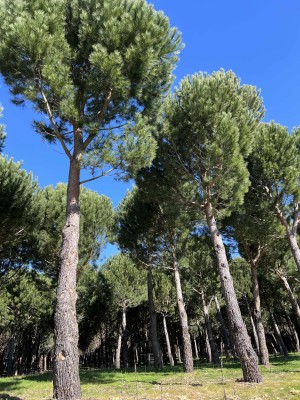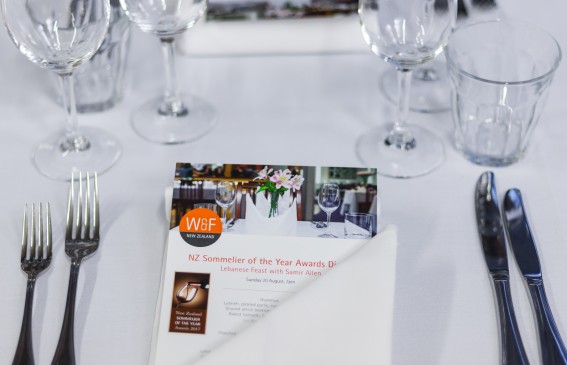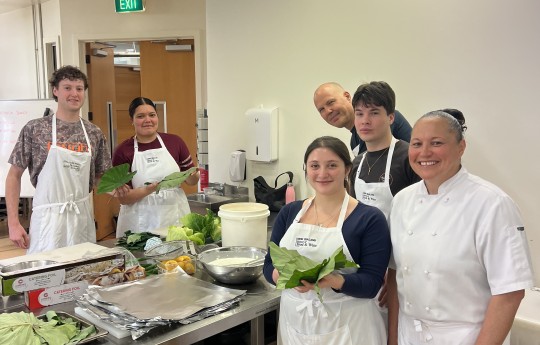Growing Pine Nuts

Not far from Lake Grassmere, on Marlborough's eastern coast, you can find hundreds of hectares of pine trees. These trees, however are not Pinus radiata, a tree that we are very familiar with in New Zealand, but Pinus pinea or Stone pine, the source premium pine nuts and favoured ingredient of pesto.

Pinoli, the 2023 Supreme Champion at the Outstanding NZ Food Producer Awards has been growing Pinus pinea since 1998. Owned by Andy and Barb Wiltshire and general manager, Lee Paterson, they first planted the Wairau Valley Hillesden block, beyond Renwick and surrounded by vineyards, in 1998. In 2011, Pinoli started to plant near Cape Campbell. They call this the Windbreaker Plantation.
I met Lee Paterson here, on a magnficient Marlborough day with glimpses of snow-covered Mount Tapuae-o-Uenuku to the south.

Lee Paterson at Pinoli Hillersden Plantation
"Our oldest pine nut plantation and processing facility is at Hillersden up the Wairau Valley State Highway 63. We began planting the Windbreaker plantation in 2011. Here, the trees are smaller, but they have produced more cones earlier," comments Lee.
The trees are pruned twice. First using lopers at around five years of age and then again around eight years. The pruning helps to develop the distinctive mushroom shape of the trees as they grow.
In the first years, the pine cones need to be hand-harvested using long hooks to loosen the cones from the branches. As the trees have aged and grown taller, Pinoli has gone on to develop technology for machine harvesting. Pinus pinea can continue producing pine cones for over 100 years.

Pine cones await processsing.
Once harvested, the cones are taken to Hillersden where the processing begins. Here, they crack the cones and extract the seeds.

This is not easy as the cones are very hard and need encouragement to release their bounty.

The hard shells from which the delicate pine nut emerges.
Once the pine nut seed is released from the cone, it then needs to be shelled to release the delicate pine nut inside.

At Hillersden, they extract and prepare the pine nuts for delivery around New Zealand and for export markets.
Celia Hay
September 2023







